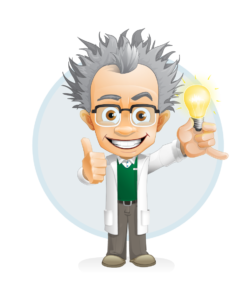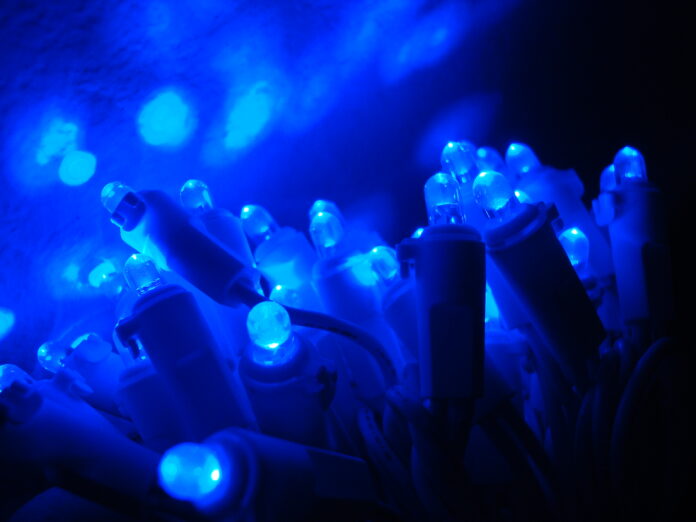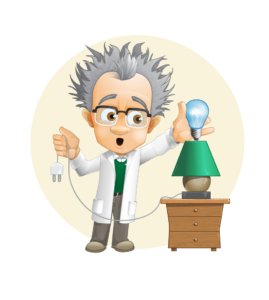It isn’t groundbreaking news to say that lighting affects mood. This is why you’ll never see someone arrange a romantic date night with rose petals, a bottle of wine, and 1000W metal halide lamps. It’s also why you don’t see too many candlelit jewelry stores. We want different things from our lights, and every kind of light can be used to set a particular kind of psychological precedent.
With the development of LED technology, we are discovering precisely how lighting affects behavior. Why do grocery stores use the luminaires they use? What about restaurants and offices? To answer some of these questions, I will spend the next few posts focusing on some trends in LEDS that reveal some of the unseen workings of “mood lighting.”
Red LED Lighting Used in Weight Loss
A doctor in Boca Raton, Florida, is pioneering a way to use LED lighting to encourage weight loss. Dr. Sasson Moulavi is using a technique called Near Laser Assisted Lipolysis (NLAL) to assist people who are struggling to lose weight by traditional means.

The NLAL process involves strapping red LEDs to the patient for a designated amount of time. The patient then removes the LEDs and exercises for twenty minutes. The treatment, combined with a calorie-focused diet, allows patients to lose weight even after hitting a plateau with their regular diet and exercise regimen. Dr. Moulavi and others say that the light penetrates the skin and weakens the walls of fat cells; the fat then breaks through the weakened walls and travels to parts of the body where it can be more quickly burned off. The exercise phase of NLAL treatment attempts to fight the fat while it is in the vulnerable state.
Don’t buy it? I’ll admit—I’m right there with you. I can’t say I’ve signed up for a treatment session myself (though I could certainly use some trimming). Maybe NLAL is actually capable of penetrating fat cells; then again, maybe it isn’t. All I can say at this point is that Moulavi’s patients are seeing results—whether by tangible, physical impact on cells or the all-powerful placebo effect, believers of NLAL are shedding pounds and inches. Moulavi says he’s seen patients lose about 15 pounds a month.
 Blue LED Lighting May Reduce [Men’s] Appetites
Blue LED Lighting May Reduce [Men’s] Appetites
Fast food restaurants often use bright lighting in their designs to encourage people to order and eat more. This study, by experts at Cornell University and the Georgia Institute of Technology, found that bright lighting actually increases the amount of food people will eat. The lights even have an effect on our psychological state when ordering—staring up at a brilliant, colorfully lit board of burgers, pictures, and flashy “Dollar Menu!” cues makes us more likely to impulsively order enough food to, well, super-size ourselves. Contrarily, calmer lighting at lower Kelvin temperatures (more popular in fine-dining establishments) encourages us to deliberately review each item on a menu and make sure what we’re ordering is exactly what we want.
So now I ask: Have you ever seen the inside of a fast-food joint lit up in blue lighting? Probably not. Researchers at the University of Arkansas may now know why. Blue LED lighting, they found, functions as an appetite suppressant. Their experiment placed subjects in booths randomly lit by white, yellow, and blue LED lamps. Diners were given a large breakfast and asked to rate their satisfaction with the food. The researchers then measured how much food was left on each person’s plate.

The study found that men who were served under blue lights ate less than men served under yellow or white lights, even when all three groups were equally satisfied with their food. Oddly enough, though, the study found that women ate the same amount regardless of the lighting. Researchers guess this may be because men’s appetites are more tied to sight-based cues than those of women, which are more commonly dictated by the sense of smell.
The Future of Lighting and Health
Previously, I’ve discussed human circadian rhythms—daily body cycles that are affected by the lighting in an environment. It is no surprise, then, that LED lighting can be used to persuade our psychologies and bodily functions. As LED trends develop, we will be able to learn more about how lighting can be used to further our health and wellness.
What do you think? Can we use LED technology to affect our health? Beauty? Psychology? Let me know what you think.




